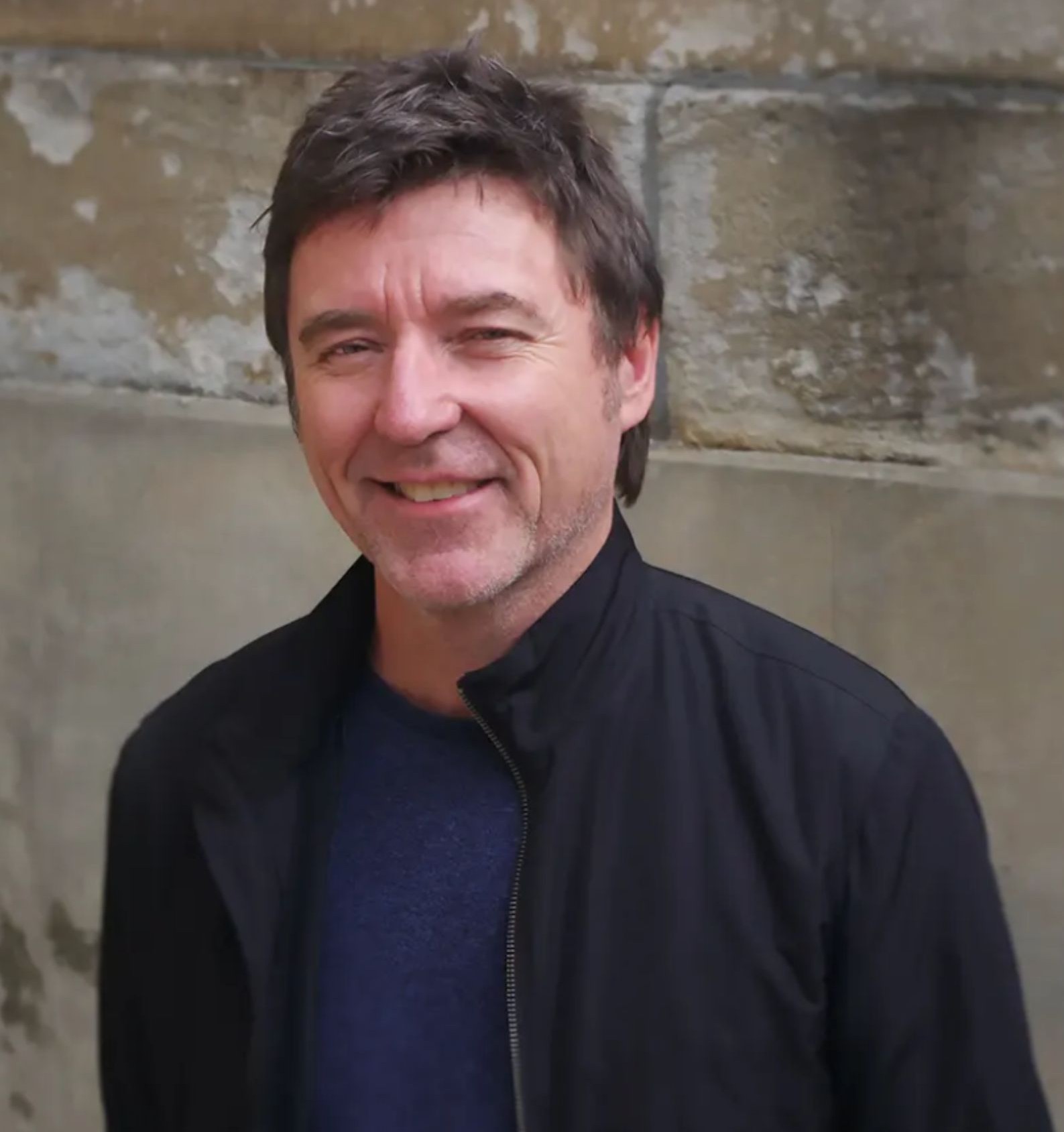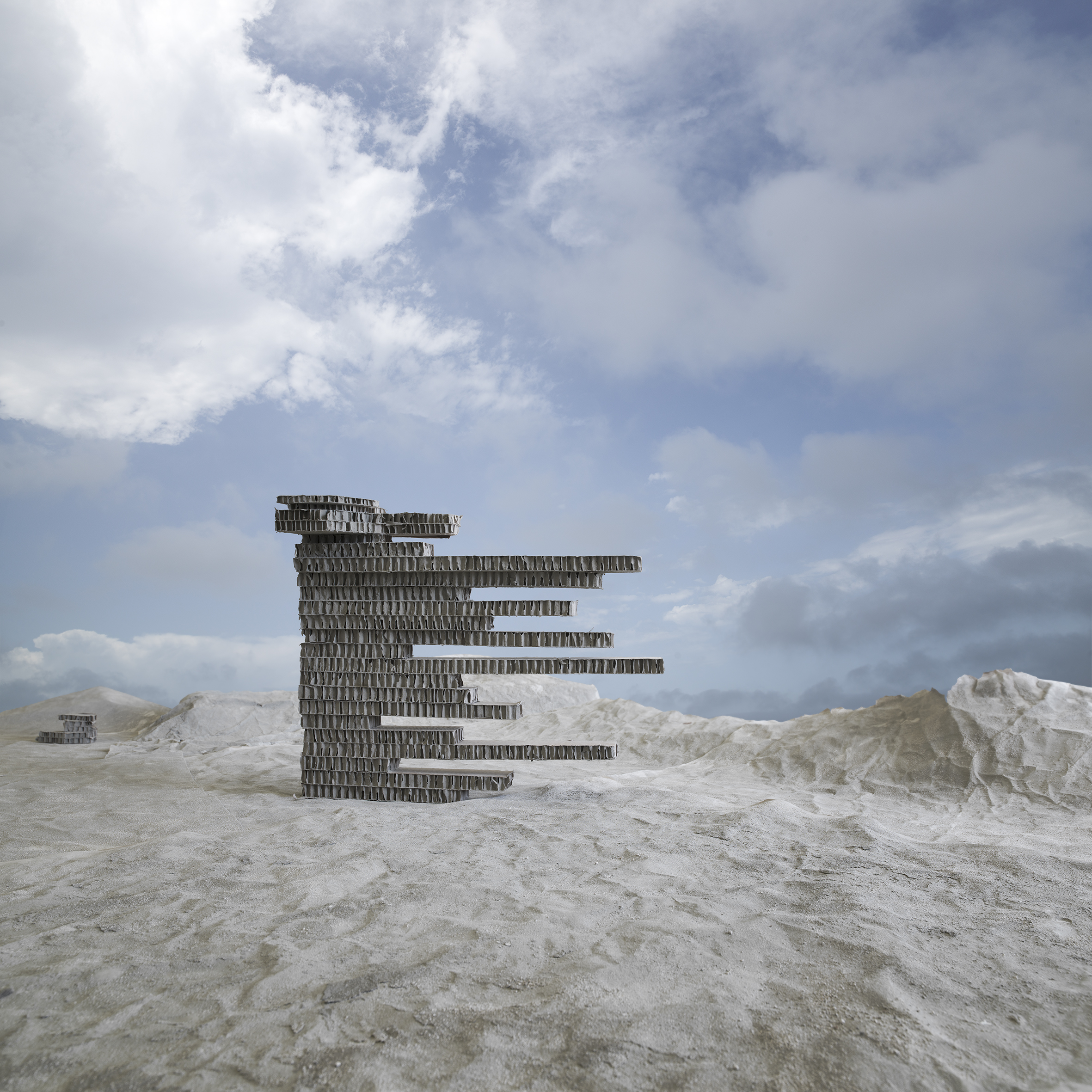
David Manley is a Sydney based artist educator. He is a lecturer in Photo media at the National Art School Australia and holds a PhD in Fine Arts and a Master of Fine Arts by Research from the University of New South Wales Art and Design.
Manley’s work is concerned with the interplay between architecture, the image and human psychology. He was a winner of the Head On Portrait Prize and a four-time finalist in the Bowness Photography Prize.
Manley’s visual and textural work has been published in Australia and internationally. Some venues that his work has been exhibited in include – Perth Institute of Contemporary Art, Monash Gallery of Art, the Australian Centre for Photography, Verge Gallery, Galerie Pompom, Blackeye Contemporary Photography Space, NSW Parliament, Customs House Sydney, the Ulsan Cultural Arts Centre, South Korea, the Korean Cultural Centre, Sydney and Hongik Museum of Contemporary Art, Seoul.

How did you start in your creative practice?
When I was seventeen, my mother bought me an Olympus OM1 camera, which I still have to this day, and I used it to photograph the emerging skateboard culture at the time. I joined Photo Access at the Australian National University (ANU) with my friend Hilary Wardhaugh and learnt how to develop and print analogue images.
Later, my partner Liz encouraged me to enrol in short courses in photography at the National Art School. There I met Dr Ella Dreyfuss who mentored me and helped me to engage in a more considered and technical practice. We now work together at National Art School (NAS) which is a nice loop. Ella encouraged me to enrol in a Bachelor of Fine Arts at the College of Fine Arts (COFA) in Paddington where I was lucky enough to study under the supervision of Lynne Roberts Goodwin, Phil George and Debra Phillips. Their supervision and guidance really helped to shape the way in which I approach my art in my practice.
I also started teaching art at COFA after completing my honours year in 2011 and continued lecturing there while completing a Master of Fine Arts and then a Doctor of Philosophy (PhD) in Fine Arts. I see teaching art as an extension of my art practice and feel very lucky to have been given the opportunity to lecture at NAS and at the University of New South Wales Arts & Design (UNSW A&D, formally known as COFA) over the past fourteen years.

What was the hardest lesson that’s helped your practice?
I remember a lesson learnt early in my art academia. I was pretty good at creating images that were technically proficient but upon reflection lacked conceptual depth. While I was an undergraduate, a lecturer of mine who’s art practice I admired, looked at my work during a critique with indifference, stating ‘David, I know you can take a good photograph, but I want you to make some art.”
I realized later that this wasn’t a flippant remark but rather some thoughtful, well-timed and weighted encouragement in the form of a critique of my work, which up until that date, was more about me trying to demonstrate to others that I could take a great photograph.
For me this became a turning point in my practice as I began to produce work that reflected my own creative and conceptual interests as opposed to demonstrating to others that I knew how to produce a “good” photograph. Photographers often do this - create ‘good’ photographs, rather than purposeful artwork - to match societal expectations of an image, which are often influenced by market driven media and commercial tropes. A tough lesson at the time but a good one, it freed me up to experiment and be more creative and liberated my art practice in many ways.

Your work is in two upcoming exhibitions at the Manly Art Gallery and Museum, the Environmental Art and Design prize and Beyond the Box. How do you hope the audience will experience the two exhibitions as a whole?
I’m hoping that the audience will draw links between the two shows through a consideration of materiality and process. Beyond the Box showcases Australian artists who use cardboard in their practice. The nature of the medium tends to raise issues around waste and alternatives to plastic, something that is becoming more essential, as our human induced ecological catastrophe worsens.
The modelling and sculptural works in the Post-traumatic Urbanist series uses discarded packing cardboard collected while walking. I love its architectural qualities but also that it is light weight, strong and easily cut and manipulated. It can also be recycled so I feel that overall is not very wasteful as it can be reused and re-contextualised for other works.
How do you see these two exhibitions as distinct yet connected, and how do you plan to use the gallery space to highlight that relationship?
Beyond the Box and the Environmental Art and Design Prize diverge around process and materiality yet share strong links to ideas around reusable materials, a circular economy and sustainability. For me the gallery space becomes a dynamic aspect of the works thematic.
I’m interested in the photograph’s relationship with the flow of time, it being a time related mechanism but also its ability to suspend time, inducing temporal slips and dissonance which can provoke a more contemplative space for the viewer slowing the immediacy of our daily life and competing technologies.
With this in mind, the gallery space operates as a type of temporal air lock suspending the viewer perhaps for just a brief moment, an antidote to the speed and acceleration of modern life.
